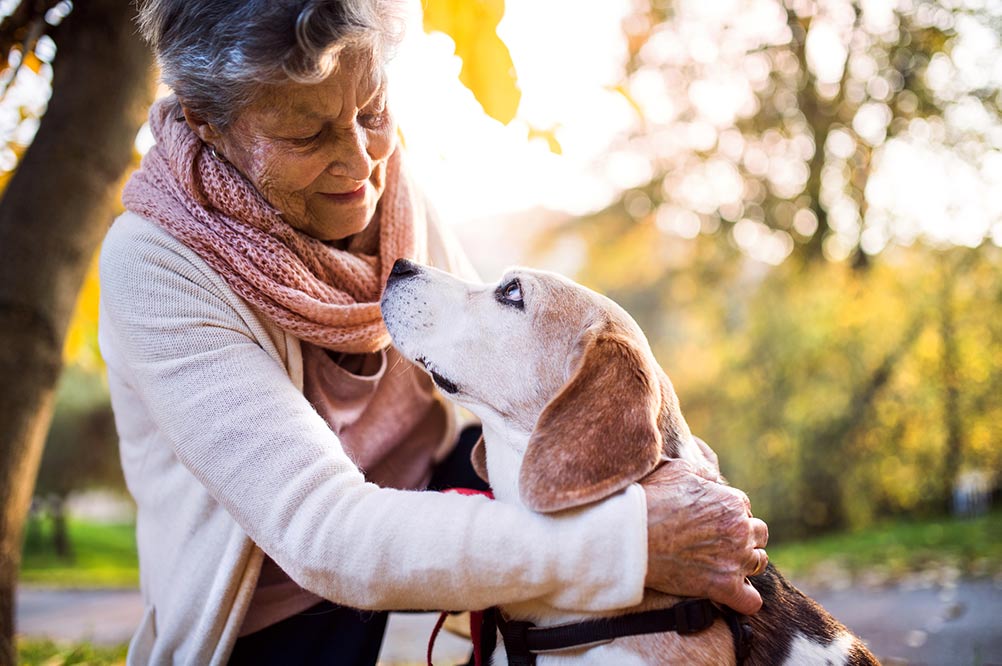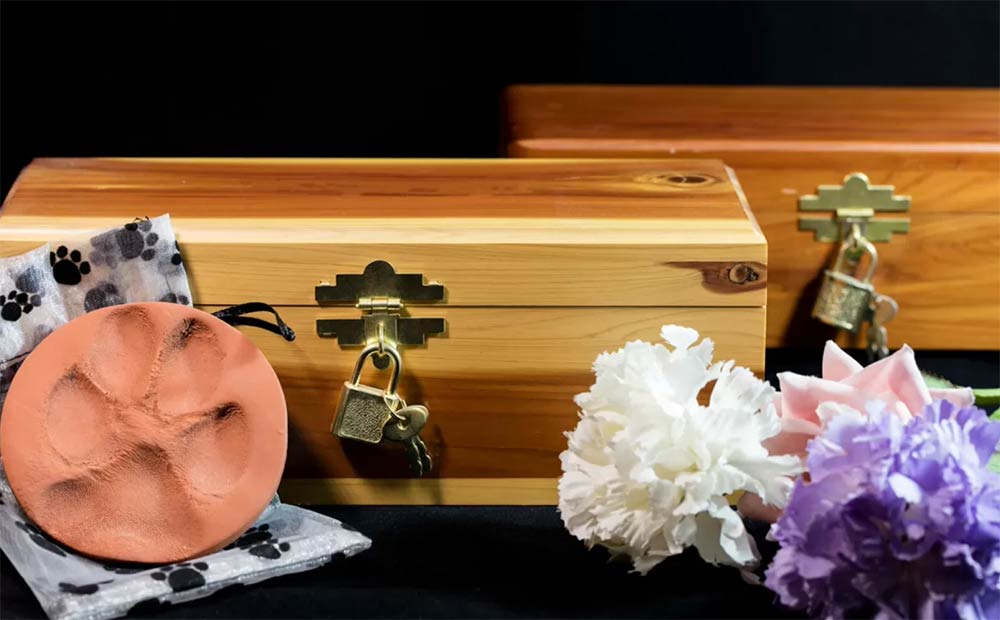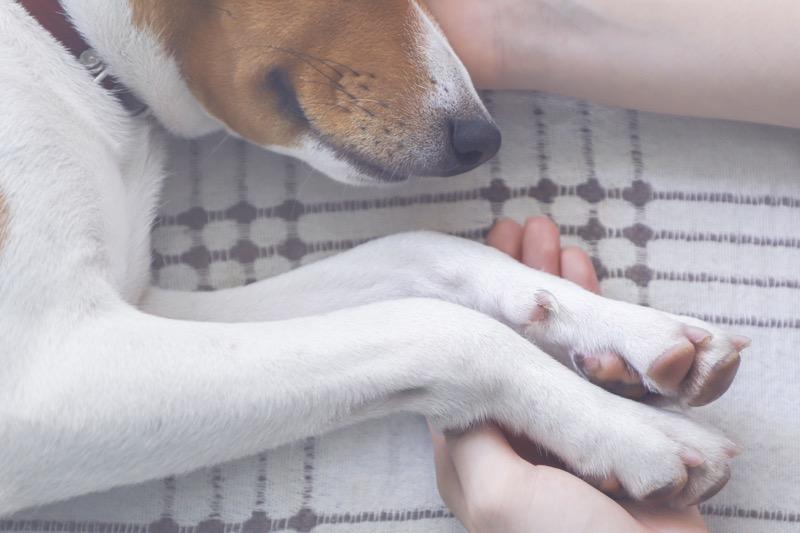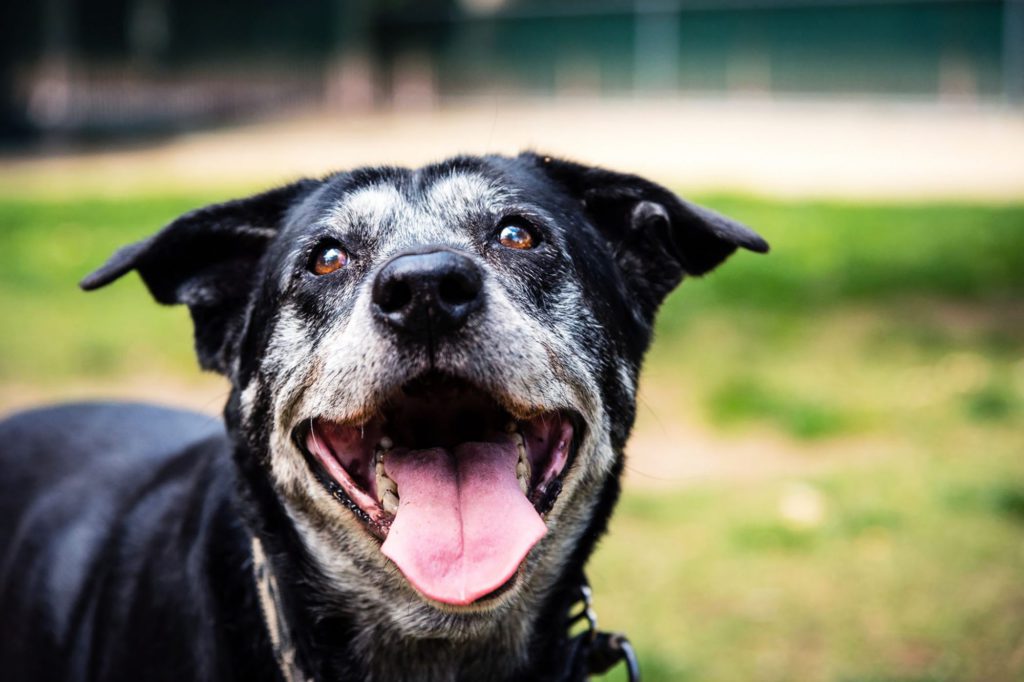Resources
Planning

What Happens to Bonded Dogs When One Dies?
- August 12, 2022
- Planning
When two dogs share a profound bond, they become inseparable, often acting as companions, playmates, and even protectors for one another. These “bonded pairs” can experience severe distress when one dog passes away. Understanding what happens to bonded dogs when one dies is crucial for pet owners. It allows us to provide the surviving pet with the care, attention, and comfort they need during this difficult time.
Whether you’re dealing with the loss of a pet or preparing for it, knowing how to support a grieving dog can make a difference. This is where Pet Memorials play an essential role in honoring the memory of your lost companion while supporting the surviving dog through their grief.
Understanding the Bond Between Dogs
Before we dive into what happens when one dog dies, it’s important to understand the bond that forms between two dogs. Bonded dogs develop a close relationship that goes beyond simple friendship. These bonds are often seen in dogs that are siblings or have grown up together, though they can also form between unrelated dogs.

How Do You Know If It’s Time to Put Your Bird Down?
- September 13, 2021
- Planning
Making the decision to put a beloved pet bird down is one of the hardest choices a bird owner will face. Birds, like other pets, become cherished members of our families, and saying goodbye can be an emotional and challenging experience. Understanding when the right time to make this decision has arrived can offer some peace of mind and ensure your bird is no longer suffering needlessly.
In this article, we will explore when it might be time to euthanize your bird, the available options, and how you can honor their memory through Pet Memorials. Whether your bird is facing a terminal illness or significant quality of life issues, this guide will help you navigate the process with compassion and care.
Understanding the Signs: When to Consider Euthanasia for Your Bird
As responsible pet owners, it is crucial to recognize when our pets are suffering. Birds, in particular, have evolved to hide signs of illness, making it more difficult to detect when they are in pain or distress. Here are some signs that it might be time to consider euthanasia for your bird:

What Happens to Bonded Cats When One Dies?
- August 30, 2021
- Planning
Cats are known for their independence, but when they form a bond with another cat, that connection can be incredibly deep. Bonded cats often become inseparable, sharing sleeping spots, grooming each other, and sometimes even developing unique communication methods. But what happens when one of the bonded pair dies? Do cats grieve? How can we, as pet owners, support the surviving cat through this loss? Let’s explore what happens to bonded cats when one dies, how you can help them cope, and why pet memorials can offer comfort during this challenging time.
Do Cats Grieve When Their Bonded Partner Dies?
Yes, cats can absolutely grieve when their bonded companion dies. While each cat is different, many will exhibit behavioral changes after the loss of a close feline friend. This grief may manifest in various ways, and understanding these signs is crucial for providing comfort and support to your surviving pet.
Some common signs of grief in cats include:

What Kind of Behavior Does a Dog Exhibit Before Death?
- August 8, 2021
- Planning
The death of a beloved pet can be an emotional and difficult experience for any pet owner. As your dog approaches the end of its life, it may exhibit a variety of behaviors that signal this transition. Being aware of these signs can help you provide comfort and make your pet’s final moments as peaceful as possible. It also allows time to prepare for the next steps, including creating pet memorials to honor their life and legacy.
Common Behavioral Changes in Dogs Before Death
As dogs near the end of their lives, their behavior may change drastically. These shifts are often a result of physical discomfort, cognitive decline, or simply the aging process. Here are some common behavioral signs that your dog may exhibit as they approach death.
- Loss of Appetite<
One of the earliest signs that a dog is nearing the end of life is a noticeable decrease in appetite. Many dogs stop eating or show less interest in food and water. This loss of appetite is generally due to a decline in organ function, which makes the body less capable of processing food. It’s important to provide easy access to food and water, but don’t be alarmed if your pet refuses to eat. - Lethargy and Fatigue
A natural part of the dying process is a significant reduction in energy levels. If your dog was once active and energetic but now prefers to sleep most of the day, this could be an indication that they are approaching their final days. Lethargy is a common symptom and can be a sign that the body is conserving energy for vital functions. - Difficulty Breathing
As your dog nears death, you may notice changes in their breathing patterns. This could manifest as labored breathing, shallow breaths, or extended periods between breaths. These signs can be alarming but are often a natural part of the dying process. Keeping your dog comfortable in a calm, quiet environment can help ease their distress. - Isolation
Some dogs may choose to isolate themselves when they sense the end is near. This can be confusing or distressing for pet owners, but it’s often a natural instinct for dogs to seek solitude as they approach death. If your dog is hiding or seeking out quiet, dark spaces, this could be their way of preparing for the end. - Changes in Mobility
Dogs may also experience difficulty walking or standing as their bodies weaken. Joint pain, stiffness, and general fatigue can make even simple movements challenging. If your dog struggles to get up or frequently falls, this could be another sign that they are nearing the end of life. - Incontinence
Incontinence is another common symptom in dying dogs. As their muscles weaken, they may lose control of their bladder and bowels. While this can be a distressing symptom for pet owners to witness, it’s important to remain patient and compassionate, knowing that your dog cannot control this behavior. - Cognitive Decline
As dogs age, they may experience cognitive dysfunction, similar to dementia in humans. Symptoms can include disorientation, confusion, and a failure to recognize familiar people or surroundings. This can lead to changes in behavior such as wandering, getting stuck in corners, or displaying anxious or restless behaviors.
How to Comfort a Dying Dog
Knowing that your pet is nearing the end of life can be heartbreaking, but there are steps you can take to make their final days more comfortable. Providing a soft, warm place for them to rest and maintaining a quiet environment can help reduce stress. Offering small amounts of their favorite food or gently massaging them can also provide comfort.

What to Do When Your Pet Passes Away at Home
- July 24, 2021
- Planning
Losing a pet is never easy, especially when it happens at home. Your pet has been a loyal companion and part of your family, and their passing can leave a profound emotional void. While dealing with the immediate grief, it’s also important to know the practical steps to take after your pet’s death to ensure that their memory is honored in a respectful and meaningful way.
In this article, we’ll guide you through the process of what to do when your pet passes away at home, focusing on handling their remains, organizing pet memorials, and other options available to pet owners.
Immediate Steps After Your Pet Passes Away
When your pet passes away at home, it’s crucial to stay calm and take certain actions right away. Follow these steps to manage the situation:

A Basic Guide to Pet Cremation
- June 21, 2021
- Planning
When the time comes to say goodbye to a beloved pet, making informed decisions about their final arrangements can be overwhelming. Pet cremation offers a dignified and compassionate way to handle your pet’s remains, providing an opportunity to create meaningful pet memorials. In this guide, we will explore the ins and outs of pet cremation, including its benefits, the process, and how to create lasting tributes. For more information and resources, visit Pet Funeral and explore our detailed articles and services.
What Is Pet Cremation?
Pet cremation is the process of reducing a deceased pet’s body to ashes through high-temperature burning. This method is chosen by many pet owners for its respectful handling of their beloved companions and the flexibility it offers in creating lasting pet memorials. Unlike traditional burial, cremation allows for a variety of memorial options, enabling pet owners to choose what best honors their pet’s memory.
Types of Pet Cremation
- Individual Cremation: In individual cremation, your pet is cremated alone, ensuring that you receive only their ashes. This method is ideal for those who want to keep their pet’s ashes for memorial purposes, such as creating a personalized urn or incorporating the ashes into a memorial item. To learn more about this option, check out our individual cremation services.
- Communal Cremation: Communal cremation involves the cremation of multiple pets at the same time. The ashes from communal cremation are not returned to the pet owner but are instead scattered or disposed of by the crematory service. This option is often more economical but does not offer the opportunity for personalized memorials. For details on this service, visit our communal cremation page.
- Private Cremation: Similar to individual cremation, private cremation ensures that your pet is cremated separately. However, it often includes additional services such as a private viewing and a dedicated area for the cremation process. This service provides a more intimate experience and is a suitable choice for creating unique pet memorials. Discover more about private cremation here.
The Pet Cremation Process
Understanding the pet cremation process can help ease the decision-making and emotional burden during this challenging time. Here’s a general overview of what to expect:

How to Know When to Put Your Dog Down
- June 21, 2021
- Planning
Deciding when to put your dog down is one of the most heart-wrenching decisions a pet owner can make. It’s a topic filled with emotional complexity, and making the right choice involves both heart and mind. Understanding when the time has come to say goodbye is crucial not only for your pet’s comfort but also for your peace of mind. This comprehensive guide will help you navigate this difficult decision with compassion and clarity.
Understanding Pet Memorials
Before diving into the specifics of making this decision, it’s helpful to think about the role of Pet Memorials. These services provide a meaningful way to honor and remember your beloved companion. Whether you choose a simple plaque, a custom urn, or a full memorial service, these options allow you to celebrate your pet’s life and legacy. For more details on how you can create a lasting tribute, visit our Pet Memorials page.
Signs It Might Be Time to Say Goodbye
- Persistent Pain or Discomfort
One of the most common indicators that it might be time to consider euthanasia is persistent pain or discomfort that cannot be managed with medication. Dogs are generally very good at hiding pain, so look for signs such as difficulty in movement, unusual vocalizations, or changes in behavior. If your dog seems to be suffering more than they are enjoying life, it may be time to consult with your veterinarian about their quality of life. - Loss of Appetite
A noticeable loss of appetite or refusal to eat can be a significant sign of declining health. While this could be due to various issues, a chronic lack of interest in food can indicate that your pet’s condition is worsening. Discuss these changes with your vet to understand whether this is part of a larger issue and what it might mean for your dog’s overall well-being. - Incontinence and Loss of Control
Incontinence or the loss of control over bowel and bladder functions can be distressing for both your pet and you. While some medical conditions can be managed, persistent incontinence along with other signs of deterioration might suggest that your pet is nearing the end of their journey. - Severe Weight Loss or Physical Deterioration
Significant weight loss and a decrease in muscle mass are clear indicators of a serious problem. If your dog’s body is visibly wasting away and they are losing strength, it’s essential to evaluate their quality of life. Your vet can help assess whether these changes are reversible or if they signify a final stage of illness.
Consult with Your Veterinarian
Your veterinarian is an invaluable resource when making this decision. They can provide a professional assessment of your pet’s condition and guide you through the process. Discuss your observations, concerns, and the potential benefits of euthanasia to determine the best course of action. Remember, your vet’s goal is to ensure the welfare of your pet, and they can help you make a compassionate choice.

A Guide to Exercises for Older Dogs
- September 27, 2021
- Planning
As our beloved pets age, maintaining their physical health becomes increasingly important. Older dogs, like their human counterparts, benefit greatly from regular exercise, which can help keep their joints flexible, muscles strong, and overall health in check. If you’re a pet owner concerned about your aging canine, this guide will help you understand effective exercises for older dogs and how you can support their well-being.
Why Exercise is Crucial for Older Dogs
Exercise is not just about keeping your dog fit; it also plays a significant role in their mental health and overall quality of life. For older dogs, regular physical activity can:
- Improve Joint Health: Gentle exercise helps keep joints flexible and can reduce the pain of arthritis.
- Maintain Muscle Mass: Aging dogs often lose muscle mass. Regular movement helps maintain strength and balance.
- Boost Mental Health: Activity stimulates your dog’s mind, reducing the likelihood of cognitive decline.
- Manage Weight: Regular exercise helps keep your dog’s weight in check, which is important for preventing obesity-related issues.
Gentle Exercises for Older Dogs
When it comes to exercising older dogs, it’s essential to focus on low-impact activities that won’t strain their joints. Here are some suitable exercises:
Search Articles
Sign Up For Our
Newsletter
Stay up to date on resources to help you prepare.